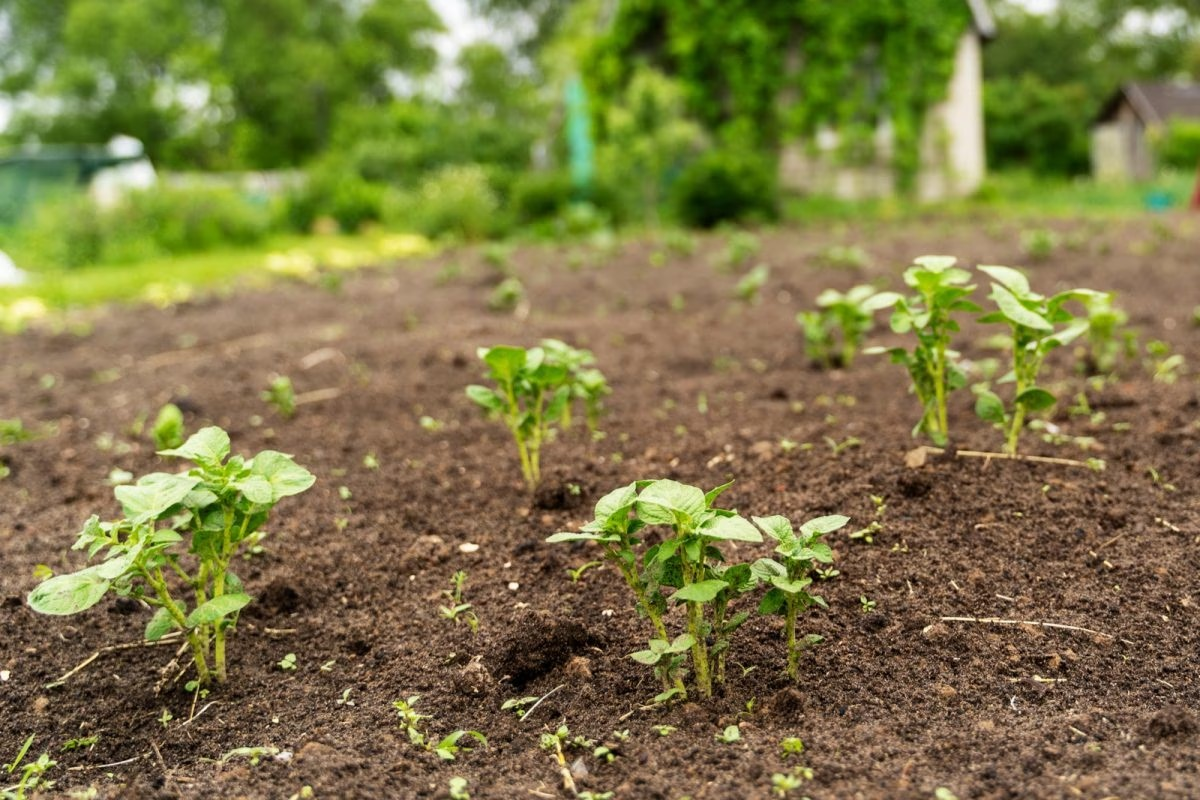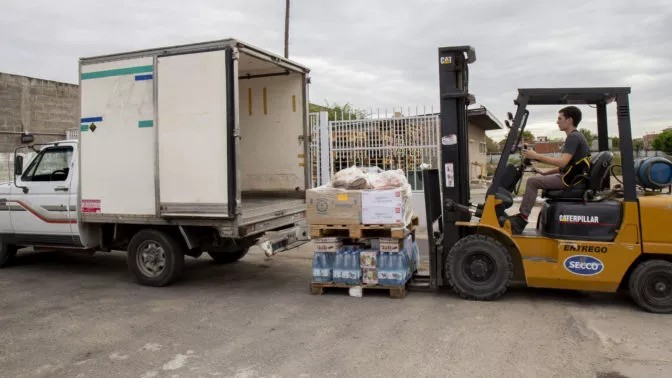Agriculture in Madagascar
Agriculture employs the majority of Madagascar's population. Mainly involving smallholders, agriculture has seen different levels of state organisation, shifting from state control to a liberalized sector.
Rice is the main produce and main export crop of Madagascar. It is mainly planted in a terraced paddy system in the central highlands. Other major subsistence crops include cassava, corn, and sweet potato, while coffee, cloves, vanilla and other cash crops are exported.
Among livestock, zebu account for most of the cattle, while pigs, sheep and poultry are also raised. Fishing is popular, and aquaculture has grown in importance.
Madagascar has seen high rates of deforestation, and the illegal extraction of highly valued timber species such as mahogany, ebony, and rosewood threatens native stands. The traditional slash-and-burn agriculture (tavy) together with population growth put increasing pressure on the native and very diverse flora of Madagascar.
farming statistics
There are 2,4 million farms[3] of which the large majority are smallholders. This sector is characterized by farms not exceeding 1,3 hectares on average, fragmented (which hampers mechanization), with a large variety of crops, extensive practices, traditional varieties, limited equipment and infrastructures and poor water control, producing barely enough to feed their families.
Agricultural production is not constrained by lack of cultivable land. In fact, out of the 41 million hectares of agricultural land, only 3.5 million hectares are cultivated annually. The remainder of the area is under pastures (37.3 million ha)[4] and forest (13 million ha).[5] Irrigation would be possible over 1.5 million hectares of which about 1.1 million are somehow irrigated, with wide areas needing rehabilitation and investments[6]
Food crop production is the most important agriculture sub-sector accounting for around 75 percent of the cultivated area (2009).[7] Rice is the staple food, covering 1.34 million hectares throughout the country – with the exception of some semi-arid areas in the South and in the South-West – under both rain-fed and irrigated systems. Other food crops include maize (mainly grown in the South and Central-East regions), cassava, sorghum (in the South), beans, groundnut, sweet potatoes and a wide variety of vegetables. Cassava is an important component of the smallholder's risk reduction strategy because it is drought tolerant and resistant to disease. Cassava, sweet potato and maize are the main source of calories in the lean season (from September to January). Groundnut is cultivated on sandy soils in most locations and makes an important contribution to household diet and income. The main cash crops are cotton, vanilla, coffee, litchi, pepper, tobacco, groundnut, sugar cane, sisal, clove and ylang-ylang.
In general, levels of production and revenue of smallholders remain low due to a combination of multiple negative factors including land tenure insecurity, weak organisation of the agricultural filières, low intensity inputs use, no mechanization, and low soil productivity due to land degradation (especially erosion in the highlands).[8] Nevertheless, rice production has increased from 2.4 million tons in 1990 to 4.0 million tons in 2009 thanks to the increase of both cultivated area (15 percent) and yields (40 percent).
Seasons and geography
Agriculture in Madagascar is heavily influenced by the island's rainfall, which is generally abundant on the whole East coast, decreases sharply on the highlands, and falls to less than 500 mm per year in the South and South-West. The main growing season starts with the first rains in October – November. The cropping calendar greatly varies from region to region, according to the very different climatic conditions, soils and altitude.[2]
Production
Madagascar produced, in 2018:
- 4 million tons of rice;
- 3.1 million tons of sugarcane;
- 2.5 million tons of cassava;
- 1 million tons of sweet potato;
- 388 thousand tons of vegetable;
- 383 thousand tons of banana;
- 300 thousand tons of mango (including mangosteen and guava);
- 257 thousand tons of potato;
- 230 thousand tons of taro;
- 215 thousand tons of maize;
- 93 thousand tons of pineapple;
- 86 thousand tons of beans;
- 83 thousand tons of orange;
- 73 thousand tons of coconut;
In addition to smaller productions of other agricultural products, like coffee (57 thousand tons), clove (23 thousand tons), cocoa (11 thousand tons), cashew (7 thousand tons) and vanilla (3 thousand tons).[1]




Comments